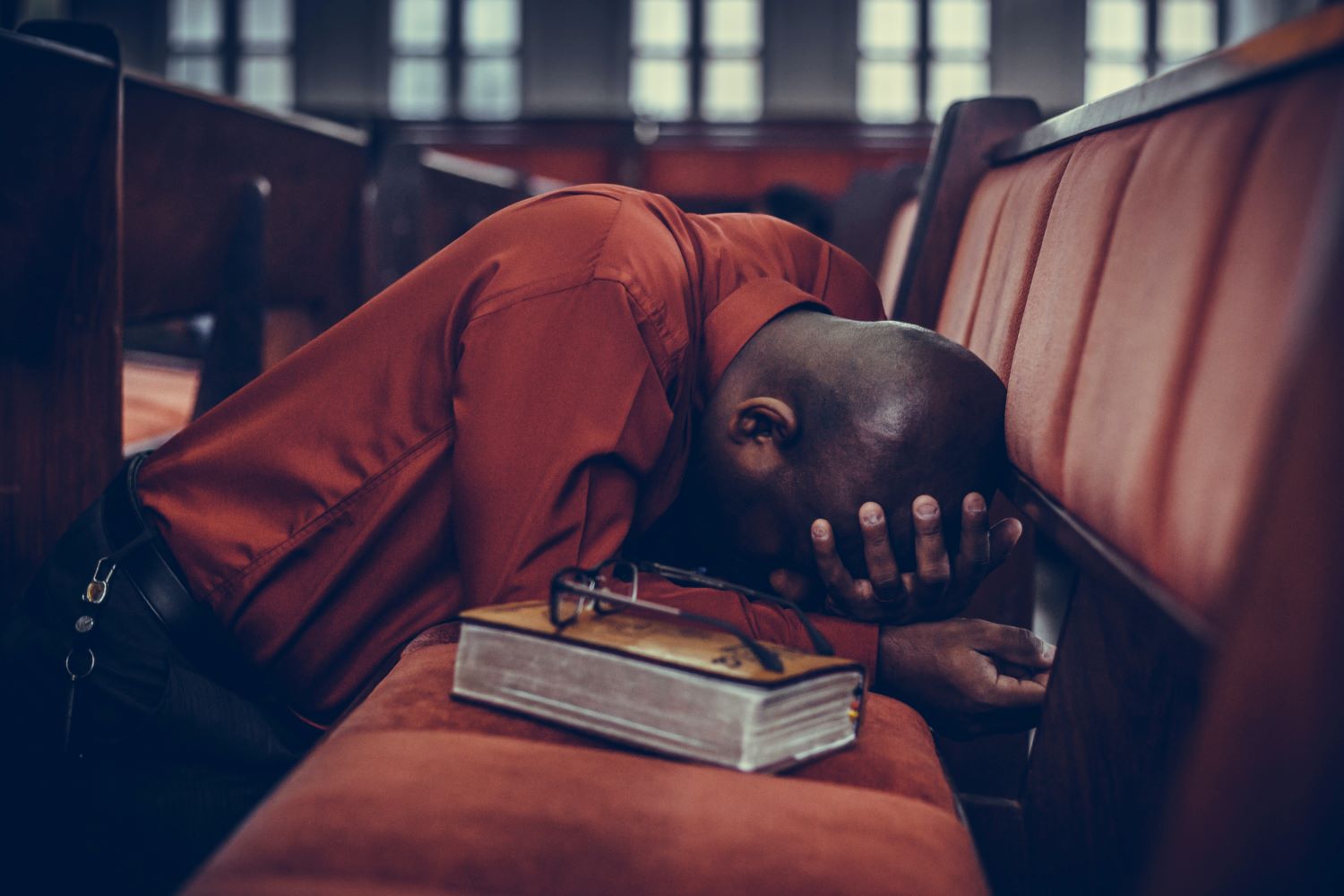In November 1960, six-year-old Ruby Nell Bridges got out of the U.S. Marshall’s car and walked the short distance to the school entrance, apparently oblivious to the adults who screamed obscenities at her along the walkway. As usual, her teacher watched from the window as the little African-American girl approached the school, but today, something was different—Ruby was talking as she walked. In the classroom Mrs. Henry said, “I saw your lips moving, but I couldn’t make out what you were saying to those people.” “I wasn’t talking to them,” Ruby explained, “I was praying for them.”[1]
Ruby was born in 1954, the year that the U.S. Supreme Court handed down the landmark decision (Brown v. The Board of Education of Topeka)[2] overturning its 1896 ruling, which sanctioned segregation (Plessy v. Ferguson).[3] Ruling that all segregation was “inherently unequal,” the court ordered desegregation to be enforced with “all deliberate speed.”[4]
At the time of the decision, Ruby Bridges’ Louisiana was one of seventeen southern states that required segregation. Although the Orleans Parish School Board fought desegregation through the courts, it gave way when federal Judge Skelly Wright ordered that schools had to desegregate on November 14, 1960.[5]
In the spring of 1960, Ruby was among the black children tested in New Orleans to determine who would attend an integrated school. When she passed, her parents learned she would start first grade at William Frantz Public School. On November 14, federal marshals drove Ruby and her mother to school. They explained that two marshals would walk in front of them and two behind, so they would be protected on both sides.[6] It reminded Ruby of what her mother had told her about God—that He is always there to protect His people: “Remember, if you get afraid, say your prayers. You can pray to God anytime, anywhere. He will always hear you.”[7]
Every day, people yelled hate-filled abuse at Ruby. Once someone even displayed a black doll in a coffin. Civil unrest in the city grew. Her father lost his job. Her grandparents were told to leave the land they had sharecropped for 25 years. Yet, Ruby continued to attend school. She was encouraged by the help her family received, from both black and white members of society, not least from her white teacher, Mrs. Barbara Henry, who dedicated herself to her only pupil.[8] Yet above all, Ruby was strengthened to endure by praying on her way to school: “Prayer was my protection.” When asked what she had been praying, Ruby explained, “Usually I prayed in the car on the way to school, but that day I’d forgotten until I was in the crowd. Please be with me, I’d asked God, and be with those people too. Forgive them because they don’t know what they’re doing.”[9]
Following the world’s example, Christians can fall into the trap of bitterness and depression over the real or perceived wrongs done them; a resentful, victim mindset can grip them. But the example of a child, Ruby Bridges, can help lead them to liberty, where prayer blocks murmuring, and forgiveness displaces resentment. Christians must never cease to fight social evil, but in the fray, they must never let the devil rob them of their joy in the Lord or poison their witness to His grace.
[1] This article is indebted to Ruby Bridges’ account of these events. See Ruby Bridges, Ruby Bridges Foundation Website, www.rubybridges.org/story.htm (accessed March 11, 2004).
[2] 347 U.S. 483 (1954).
[3] 163 U.S. 537 (1896).
[4] Chief Justice Warren’s findings are available online at http://caselaw.lp.findlaw.com/scripts/getcase.pl?court=us&vol=347&invol=483 (accessed March 11, 2004).
[5] For further information, see Harvard Sitkoff, The Struggle for Black Equality, 1954-1992, rev. edn. (NY: Hill & Wang, 1993 [1981]); William H Chafe, The Unfinished Journey: America since World War II, 5th edn. (New York: Oxford University Press, 2003).
[6] Norman Rockwell portrayed the arrangement in his 1964 painting, The Problem We All Live With. To view, visit http://www.nrm.org/eyeopener/eye_problem.html.
[7] Bridges, www.rubybridges.org/story.htm.
[8] Ibid.
[9] Ibid.
